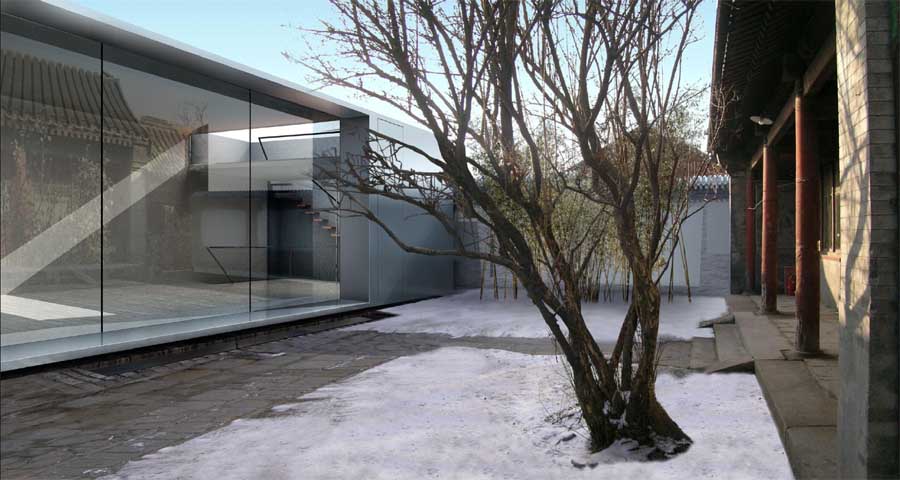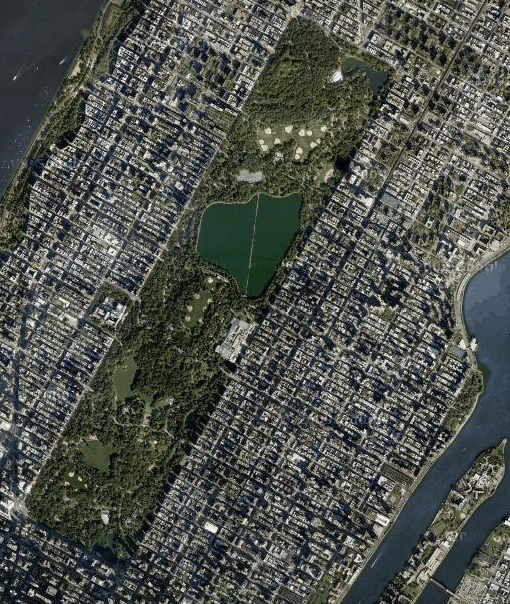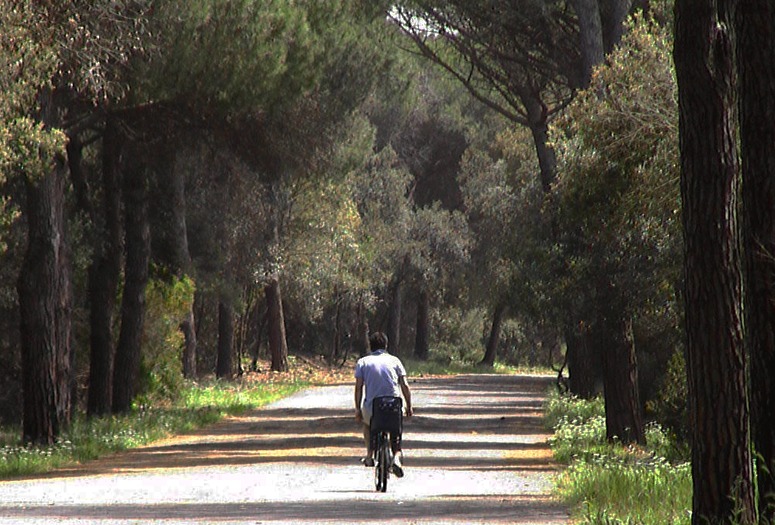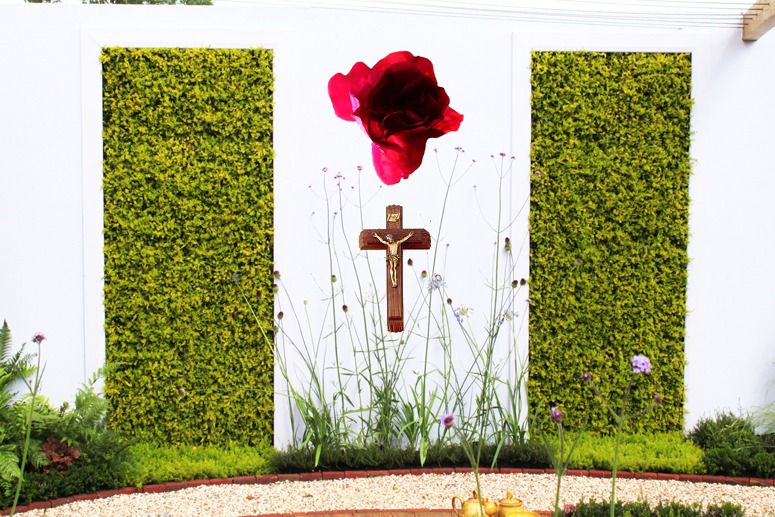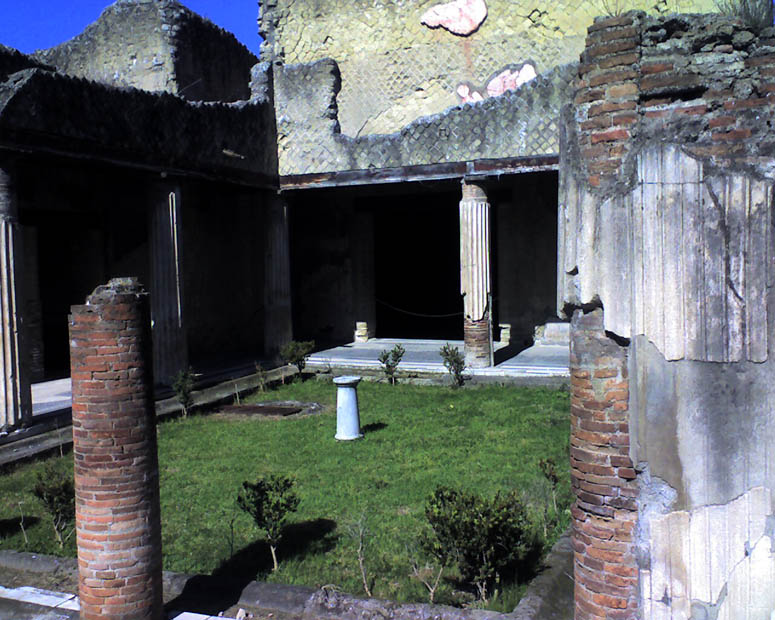
There is no evidence for the gardens of Herculaneum having had lawns. So why is this grass here?
I despair of the archaeologists who manage historic gardens – please can someone cheer me up by pointing to some good examples of garden archaeology combined with garden management. (Photograph of Herculaneum courtesy dandwig)
The best garden archaeologists, like those who ‘restored’ Kenilworth Castle Garden, seem to be dry academics devoid of design sense or design judgment. Normal, bad, garden archaeologist-managers seem to work on the principle that ‘we don’t know much about historic gardens so they must have resembled modern gardens’. Gertrude Stein remarked that ‘Civilization begins with a rose. A rose is a rose is a rose is a rose.’ GERTRUDE STEIN DID NOT say “Civilization begins with a garden. A garden is a garden is a garden is a garden.” Garden archaeologist-managers reason that because modern gardens have lawns and shrubs THEREFORE historic gardens must have been the same. It is rubbish and their approach to garden management is rubbish.
Take Roman peristyle gardens as an example. I know of many fresco paintings of Roman garden planting, always with flowers and birds, but not one single example of an illustration of a Roman lawn. So why do our garden archaeologists supply all excavated Roman gardens with lawns? Are they vandals, penny-pinching accountants or imbiciles?
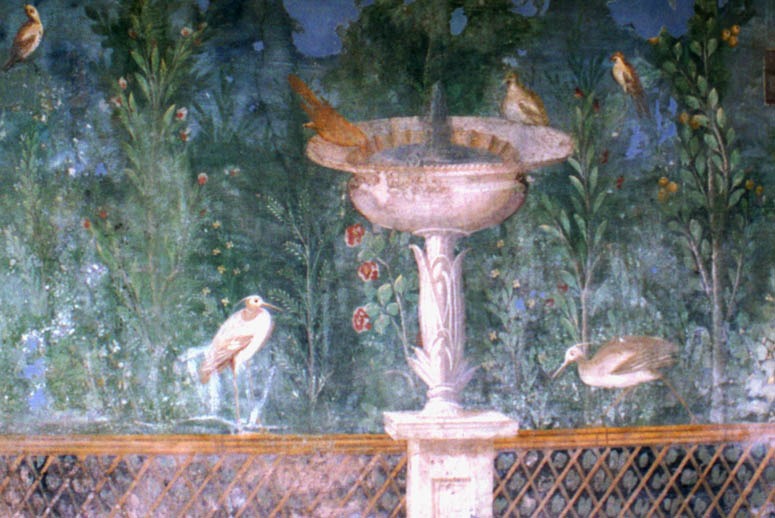
Garden fresco at Pompeii - showing lush planting in a courtyard
Roman courtyard gardens DID NOT have mown lawns and the Romans DID NOT have lawn mowers. They clipped box, to make what we call topiary, but there are very few illustrations of linear and uniform box hedging of the type which became common in renaissance gardens. Nor are there any illustrations of Roman parterres – and I am doubtful about the accuracy of Barry Cunliffe’s ‘restoration’ of the garden at Fishbourne Roman Palace

